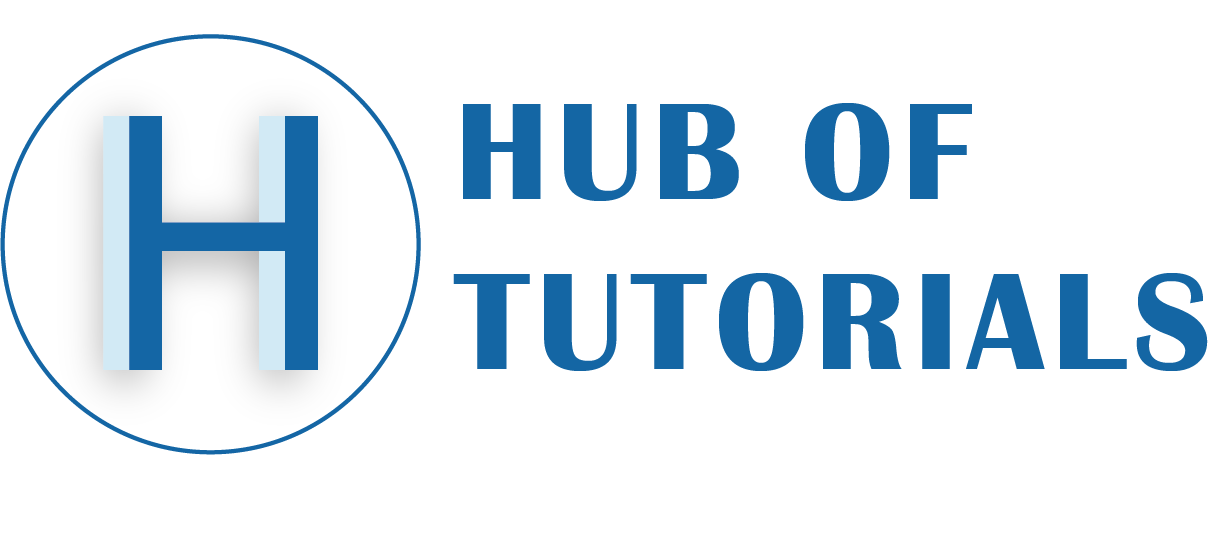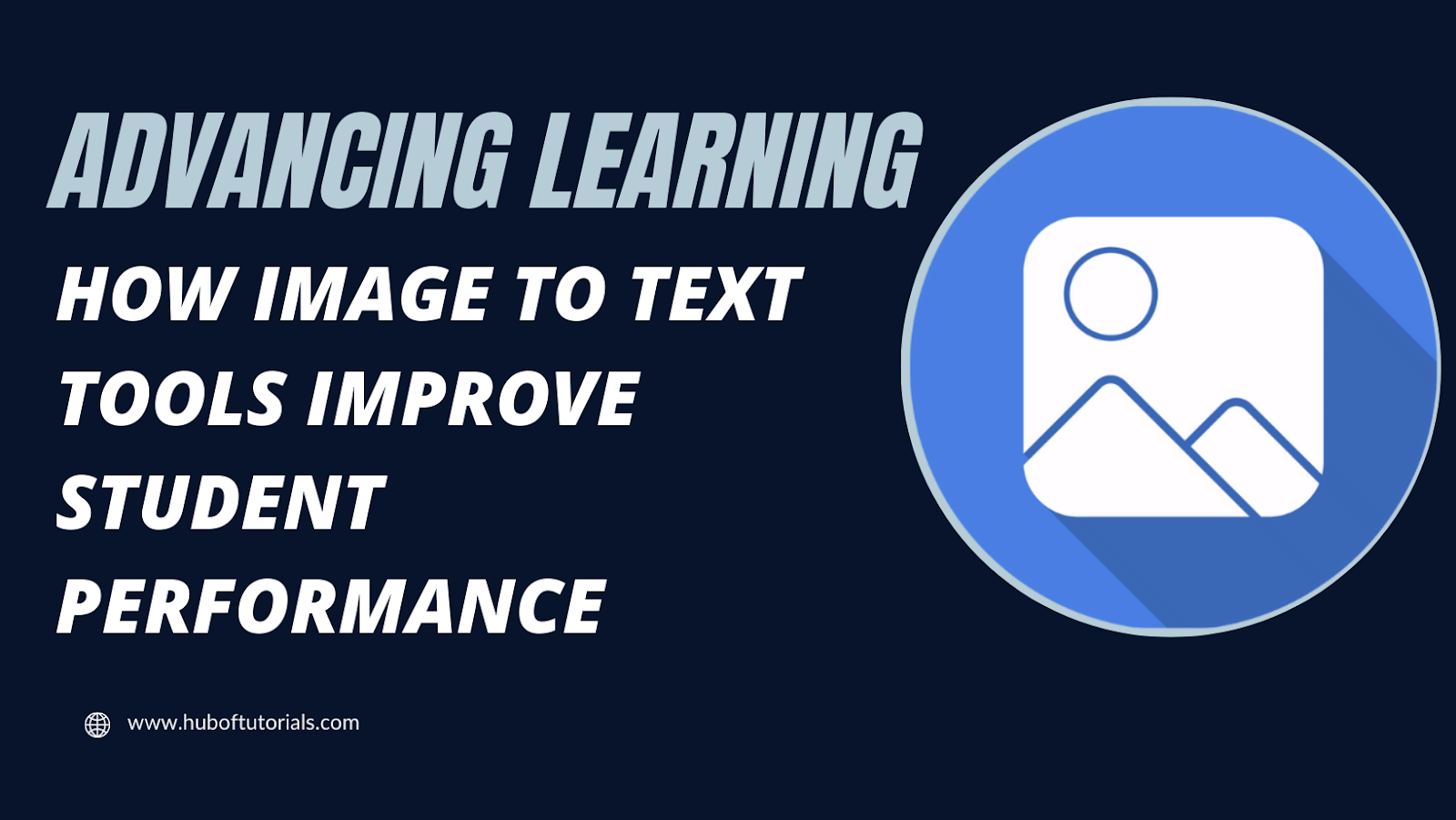Along with other fields of life, technology also influences education and advanced learning fields. With technological advancements, the way we learn and teach has also evolved. One such advancement is the use of image to text, which has proved to be a game-changer in the field of education.
In this article, we will explore how image to text tools can improve student performance and enhance the learning experience. From converting handwritten notes to text to extracting text from images, these tools have the potential to revolutionize the way students absorb and retain information.
So, if you’re curious to learn how the image to text ai tools can benefit both students and educators, read on. This article will provide you with insights into the advantages of these tools and how they can transform the educational landscape.
What are Image to Text Tools?
The Image to text converters, also known as Optical Character Recognition (OCR) technology, refers to software that can convert text from images into machine-encoded text that can be edited and manipulated on a computer.
These tools use sophisticated algorithms to recognize and extract the characters in an image, analyzing their shapes, sizes, and other characteristics to identify the corresponding letters or symbols.
Once the text has been recognized, the software converts it into an editable format, such as a Word document, allowing users to make changes, copy and paste the text, and search for specific words or phrases.
The Image to text converter can recognize various types of images, including scanned documents, photographs, and screenshots, and can extract text in multiple languages.
These tools have become increasingly popular in various industries, including education, where they are used to convert handwritten notes, textbooks, and other materials into digital formats that can be easily accessed, searched, and shared.
How Image to Text Tools Improve Student Performance? | Key Advantages of Image-to-Text Converter
Advancements in technology have transformed the way we learn and process information. With the advent of photo to text tools, the process of converting visual content into machine-encoded text has become seamless and effortless.
This innovative technology can improve student performance by enhancing accessibility, increasing efficiency, and improving note-taking. Image to text converters has been widely adopted by educators and students alike to create a more inclusive, efficient, and effective learning experience.
The following are some of the notable benefits of image text ai tools and how they can transform the way students learn.
1. Enhanced Accessibility:
Image to text converters can significantly enhance the accessibility of learning materials for students with visual impairments or reading difficulties.
By converting text in images into machine-encoded text, these tools enable students to access the same content as their peers and read it using assistive technology such as screen readers or magnifiers.
2. Increased Efficiency:
Converting handwritten notes or printed materials into editable text can save students time and effort. Instead of manually transcribing notes or typing out quotes from a book, students can use pictuer to text tools to quickly and accurately extract the text they need, enabling them to focus on higher-level learning tasks.
3. Improved Note-taking:
An image to text converter can also help students improve their note-taking skills. By using a note-taking app that incorporates OCR technology, students can take photos of their handwritten notes and convert them into searchable text. This makes it easier to organize and review notes, as well as to add additional annotations or comments.
4. Language Learning Support:
Image to text converters can provide valuable support to students learning a new language. By converting texts in the target language into machine-encoded text, these tools can help students practice reading and comprehension skills, as well as enable them to access resources that are not available in their native language.
5. Higher Accuracy:
With advancements in OCR technology, image to text ai tools are becoming increasingly accurate in recognizing text.
This means that students can rely on these tools to provide them with an accurate representation of the text in an image, reducing the risk of errors or misinterpretations.
6. Better Exam Preparation:
With the help of a Picture to text tool, students can prepare themselves better for exams. By converting past exam papers or practice questions into machine-encoded text, students can easily search for and review specific concepts, making it easier to identify areas where they need more practice.
7. Collaboration Made Easy:
One of the most important advantages of the image to text converter in education is “it can make collaboration between students and teachers easier.
For instance, by converting student assignments or exam papers into machine-encoded text, teachers can provide feedback and corrections more efficiently, enabling students to revise and improve their work.
8. Enhanced Research:
Image to text ai tools can also enhance the research process for students. By converting texts in images into machine-encoded text, students can easily extract quotes and relevant information from sources, and organize them in a digital format for easy reference.
9. More Engaging Learning:
To make learning more engaging and interesting for students, photo to text converters can play a very important role.
By incorporating multimedia content such as images, videos, and infographics, teachers can create more dynamic and interactive learning materials that are more appealing to students.
10. Greater Flexibility:
Another benefit of image-to-text converters is to provide students with greater flexibility in their learning.
By enabling them to access learning materials in a digital format, students can learn at their own pace, review materials as often as they need, and access resources from anywhere at any time.
This can make learning more accessible and convenient for students, particularly those who have other commitments such as work or family responsibilities.
Final Verdict:
From the above discussion, it is concluded that “Image to text tools have the potential to transform the way students learn and improve their academic performance.”
By enhancing accessibility, increasing efficiency, and improving note-taking, these tools can help students with different learning styles and abilities succeed in their studies. Moreover, image to text converters can support language learning, increase accuracy, aid in exam preparation, and foster collaboration and engagement in the classroom.
As technology continues to evolve, educators and students alike can leverage picture to text tools to create a more inclusive, efficient, and effective learning experience. With these powerful tools at their fingertips, students can achieve their academic goals and realize their full potential.

